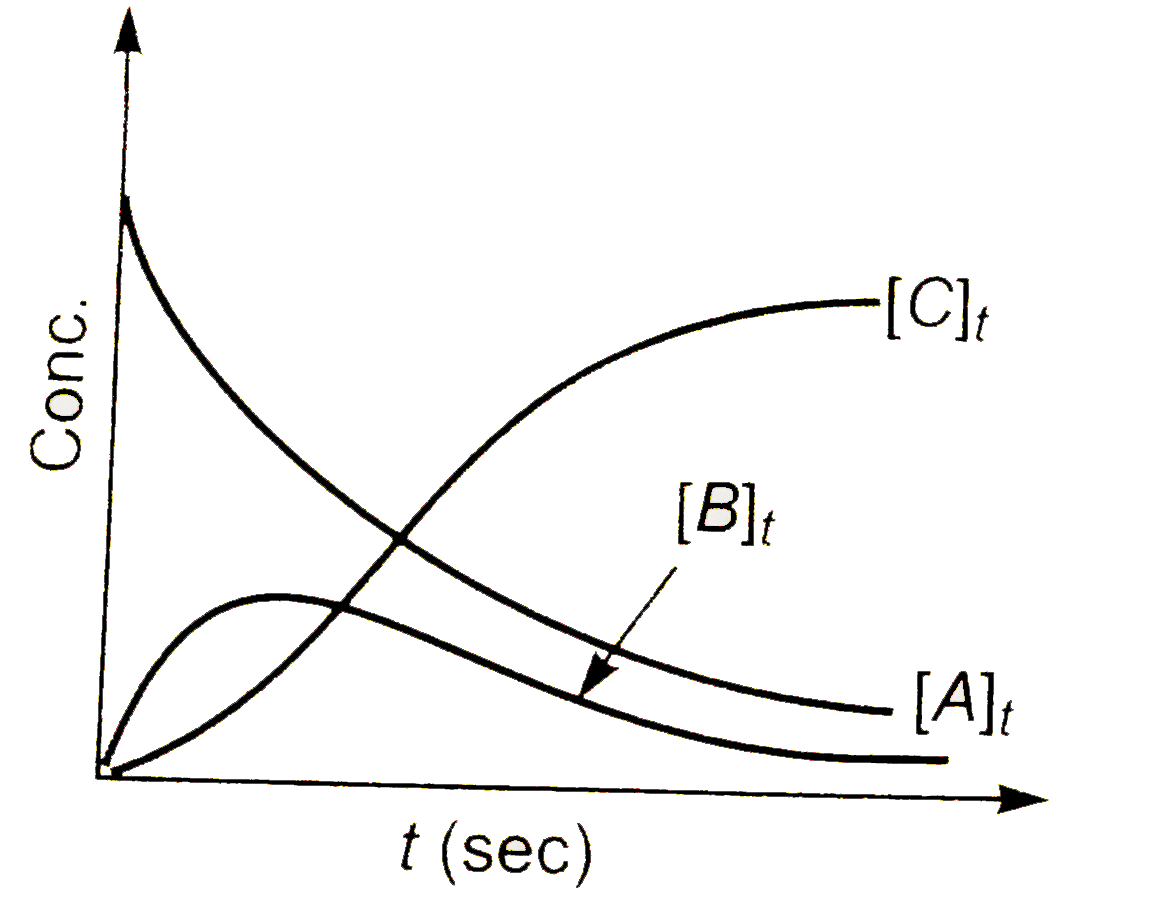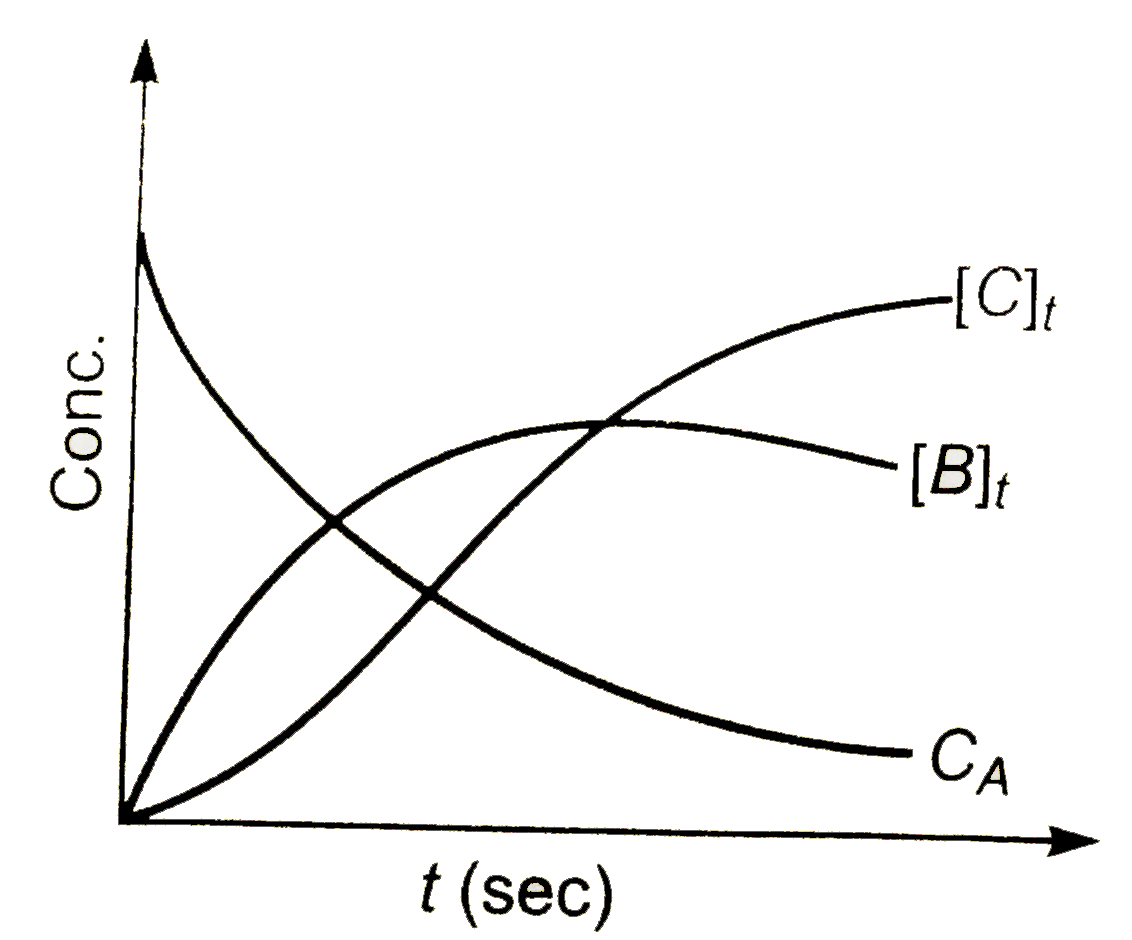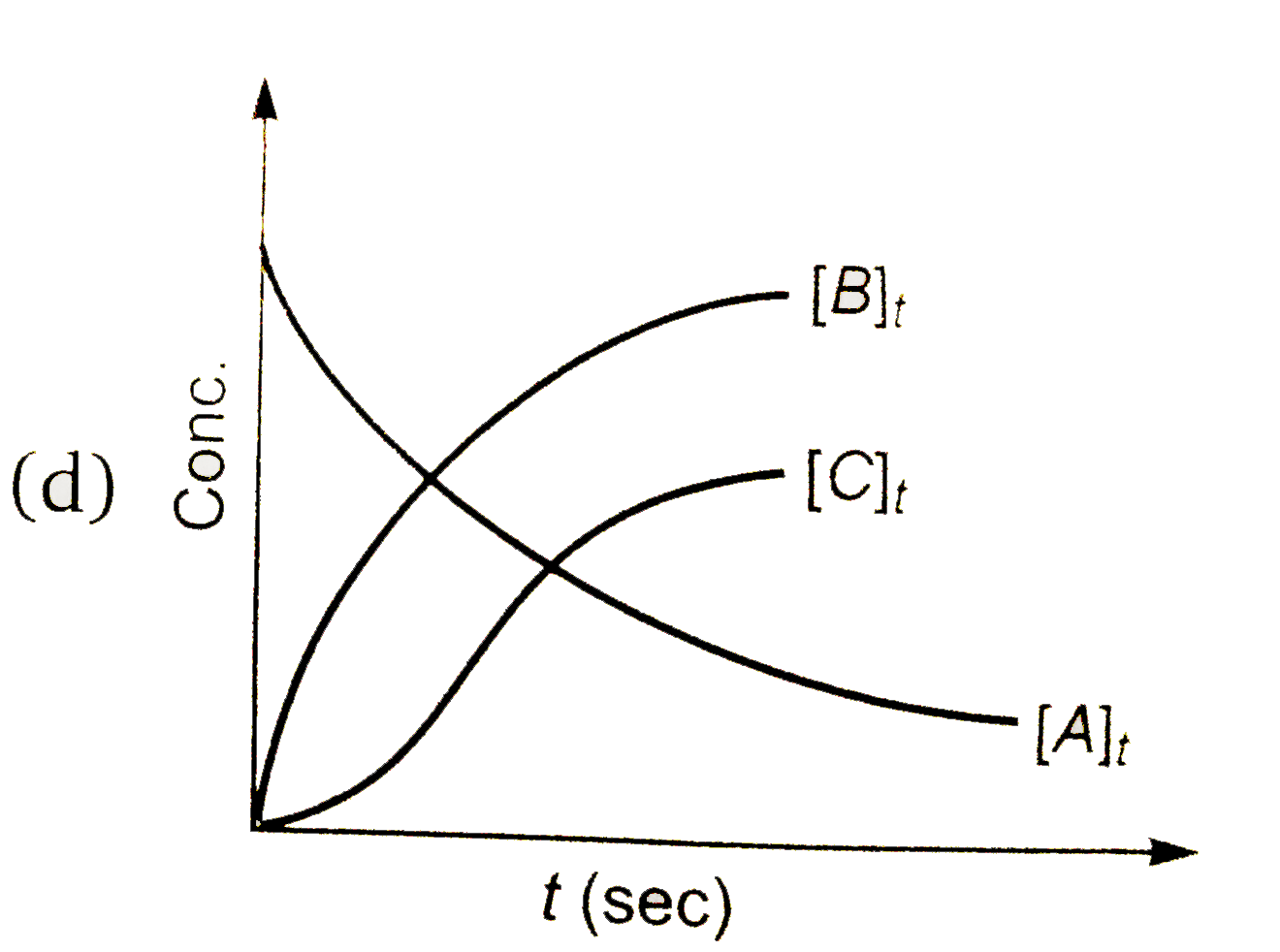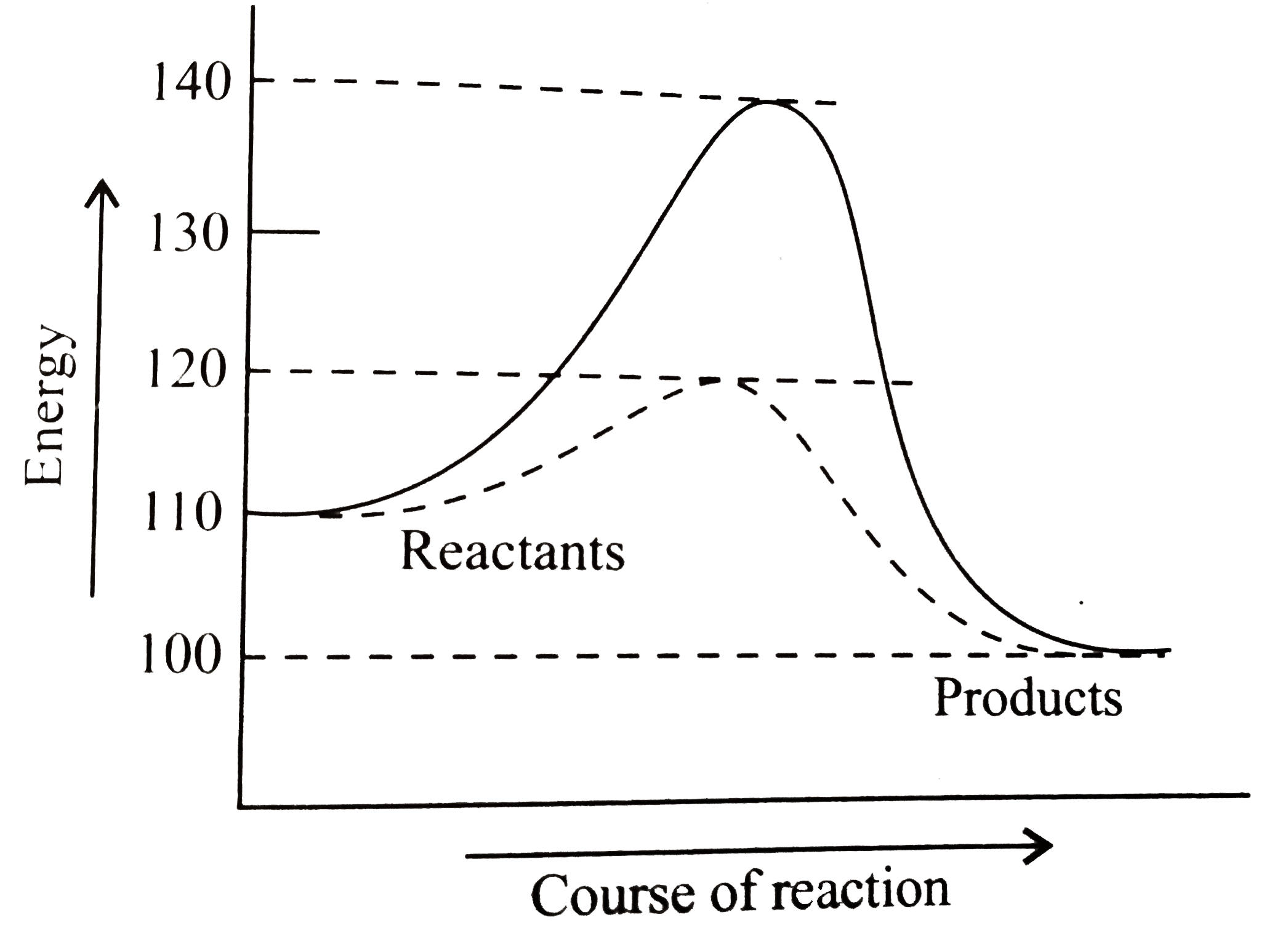Select the correct statement(s) :
a) When T→∞ or Ea→O then K=A
b) A positive catalyst can change ΔH of the reaction
c) A mixture catalyst may be thermodynamically unstable by kinetically stable
d) A negative catalyst increases the activation energy of the reactionSolution in Punjabi
When T→∞ or Ea→O then K=A
A positive catalyst can change ΔH of the reaction
A mixture catalyst may be thermodynamically unstable by kinetically stable
A negative catalyst increases the activation energy of the reaction
The correct Answer is:A, C, D
Step by step video & image solution for Select the correct statement(s) : a) When T rarr oo or E_(a)rarr O then K=A b) A positive catalyst can change DeltaH of the reaction c) A mixture catalyst may be thermodynamically unstable by kinetically stable d) A negative catalyst increases the activation energy of the reaction by Chemistry experts to help you in doubts & scoring excellent marks in Class 12 exams.
Topper's Solved these Questions
- BOOK - NARENDRA AWASTHICHAPTER - CHEMICAL KINETIC & NUCLEAR CHEMISTRYEXERCISE - Level 3 - Assertion - Reason Type Questions3videos
CHEMICAL KINETIC & NUCLEAR CHEMISTRY
- BOOK - NARENDRA AWASTHICHAPTER - CHEMICAL KINETIC & NUCLEAR CHEMISTRYEXERCISE - Level 3 - Subjective Problems3videos
CHEMICAL KINETIC & NUCLEAR CHEMISTRY
- BOOK - NARENDRA AWASTHICHAPTER - CHEMICAL KINETIC & NUCLEAR CHEMISTRYEXERCISE - Level 3 - Passage1videos
CHEMICAL KINETIC & NUCLEAR CHEMISTRY
- BOOK - NARENDRA AWASTHICHAPTER - SURFACE CHEMISTRYEXERCISE - Level -21videos
SURFACE CHEMISTRY
Similar Questions
Each question contains STATEMENTS-1 (Assertion) and STATEMENT -2 (Reason).
Examine the statements carefully and mark the correct answer according to the instructions given below:
STATEMENTS-1: Acid catalysed hydrolysis of esters is pseudo first order reaction.
STATEMETNT-2:Water is present in excess in given reaction.
a) If both the statements are TRUE and STATEMENT-2 is the correct explanation of STATEMENT-1
b) If both the statement are TRUE but STATEMENT-2 is NOT the correct explanation of STATEMENT-1
c) If STATEMENT-1 is TRUE and STATEMENT-2 is FALSE
d) If STATEMENT-1 is FALSE and STATEMENT-2 is TRUE04:24View Solution5A→Product
In above reaction, half-life period is directly proportional to initial concentration of reactant. The initial rate of reaction is 400 moll−1−1min Then the order of reaction isView SolutionTwo consecutive irreversible first order reactions can be represented by
Ak1−−→Bk2−−→C
The rate equation for A is readily interated to obtain
[A]t=[A]0.e−k1t , and [B]t=k1[A]0k2−k1[e−k1(t)−e−k2(t)]
When k1=1s−1 and k2=500s−1 , select most appropriate graph
a) b)
b) 
c) d)
d)  04:25View Solution
04:25View Solutionfor the graph below, select correct order of temperture ?
 03:33View Solution
03:33View SolutionRefer picture given below.
(a) Calculate ΔH for the reaction and the energy of activation for the forward reaction as well as backward reaction.
(b) The dotted curve is in the presence of a catalyst. What is the energy of activation for the two reactions in the presence of catalyst?
( c) Will the catalyst change the extent of reaction?
 04:30View Solution
04:30View SolutionThe negative catalyst decreases the activation energy of a reaction.
04:38View SolutionDefine the rate of a reaction.
01:01View SolutionA reaction is separately carried out in absence and presnce of a catalyst . If the activation energies in presnce and absence of catalyst are E_(a) and E'_(a) respectively and the reaction-enthalpies are DeltaH' respectively , then-
02:53View SolutionFor the following reaction, A overset(500 K)rarr Products A overset(400K//"catalyst")rarr Product If ((-d[A])/(dt))_(500 K)=-((d[A])/(dt))_(400 K) no catalyst in presence of catalyst Then E_(a) is approximately :
View SolutionA : A positive catalyst increases the rate of reaction . R : A positive catalyst alters reaction mechanism and decreases activation energy.
02:39View Solution(A)Catalyst increases the rate of reaction. (R ) Catalyst functions by lowering the energy of activation.
02:39View SolutionWhich of the following statements are correct about solid catalyst? (a)Same reactants may give different products by using different catalysts (b)Catalyst does not change DeltaH of reaction (c)Catalyst is required in large quantities to catalyse reactions (d)Catalytic activity of a solid catalyst does not depend upon the strength of chemisorption
03:28View Solution[A]:The catalyst increases the rate of reaction.
[R]:The catalyst decreases the enthalpy change (ΔH)06:05View SolutionRCH = O + 2H rarr RCH_2OH : For this reaction catalyst is :
02:44View SolutionRCH = O + 2H rarr RCH_2OH : For this reaction catalyst is :
03:06View Solution

